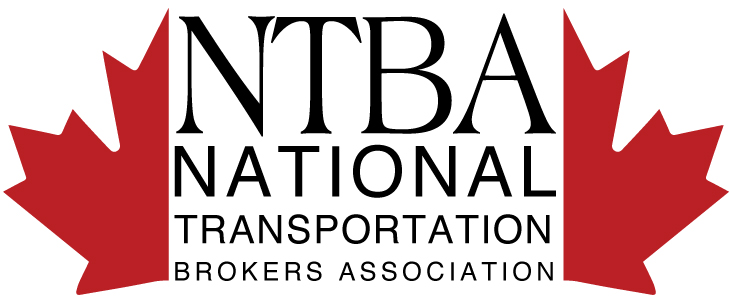Security
Fraud Prevention
Every party in the supply chain must assume responsibility to minimize fraud in the transportation system as it relates to freight charges or cargo theft.
Best Practices
- Always obtain a carrier package from the prospective carrier to whom you are contemplating brokering a load.
- Using the link below check the FMCSA Safer website to determine how many drivers and tractors are shown. If less than 4 tractors indicated, and notwithstanding that not all equipment may travel into the USA, this should be a warning sign of the carrier’s inability to be the carrier of record.
- Have a credit application specific to carriers completed by the prospective carrier. After all, you are entrusting your customer’s cargo with the prospective carrier.
- This form should also include an area where the prospective carrier can insert the names of at least 3 other freight brokers with prior dealings, that you should then verify. Use extreme caution if you do not recognize any of the supplied names.
- Verify insurance by contacting the listed insurance broker and ask to be added as either a “named insured” or a “certificate holder”.
- If the value of the shipment exceeds the cargo limit of the carrier’s insurance, consider obtaining insurance coverage online so that the full value is insured.
- Advise the prospective carrier that their driver picking up the load shall be required to provide his name and address verified by his driver’s license.
Encourage your shipper to do the following:
- Note the name and address of the driver and keep a copy of same with the shipper’s retained shipping documents.
- Note the name and plate numbers as they appear on the tractor and trailer.
- If a full or exclusive load, record the seal number on all copies of the bill of lading, and affix that seal to the trailer door. If given to the driver to affix, have the shipper tug the seal after the driver affixes same. Advise the carrier that the driver must not break the seal until its number is verified by the receiver.
- Email to you the bill of lading with the seal number, the name and address of the driver, and the name and plate numbers on the tractor and trailer.
- Prior to delivery, contact the consignee to ask to confirm that the name and plate numbers on the tractor and trailer and the seal number are the same that you have on record, and to ask the receiver to break or be present when the seal is broken.
